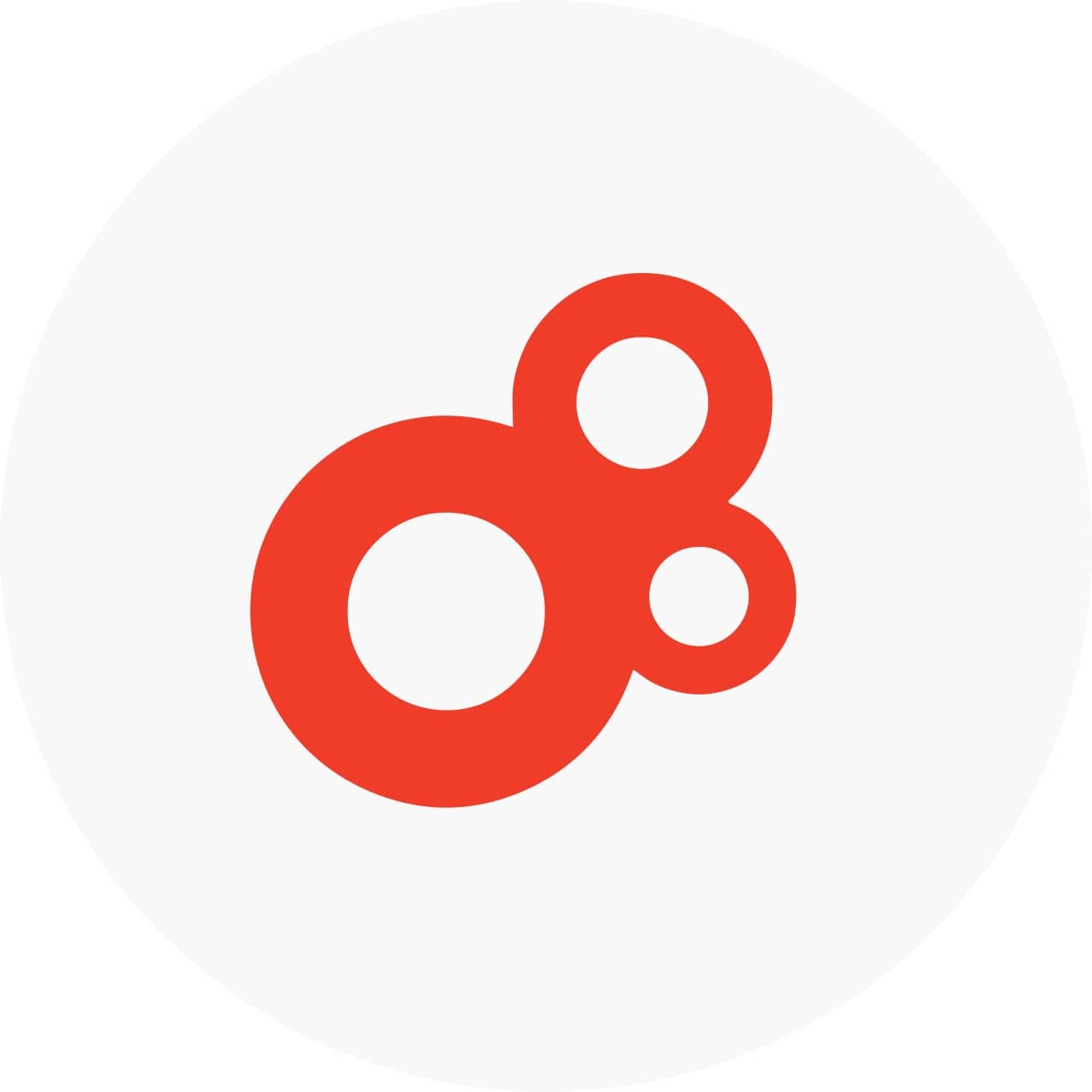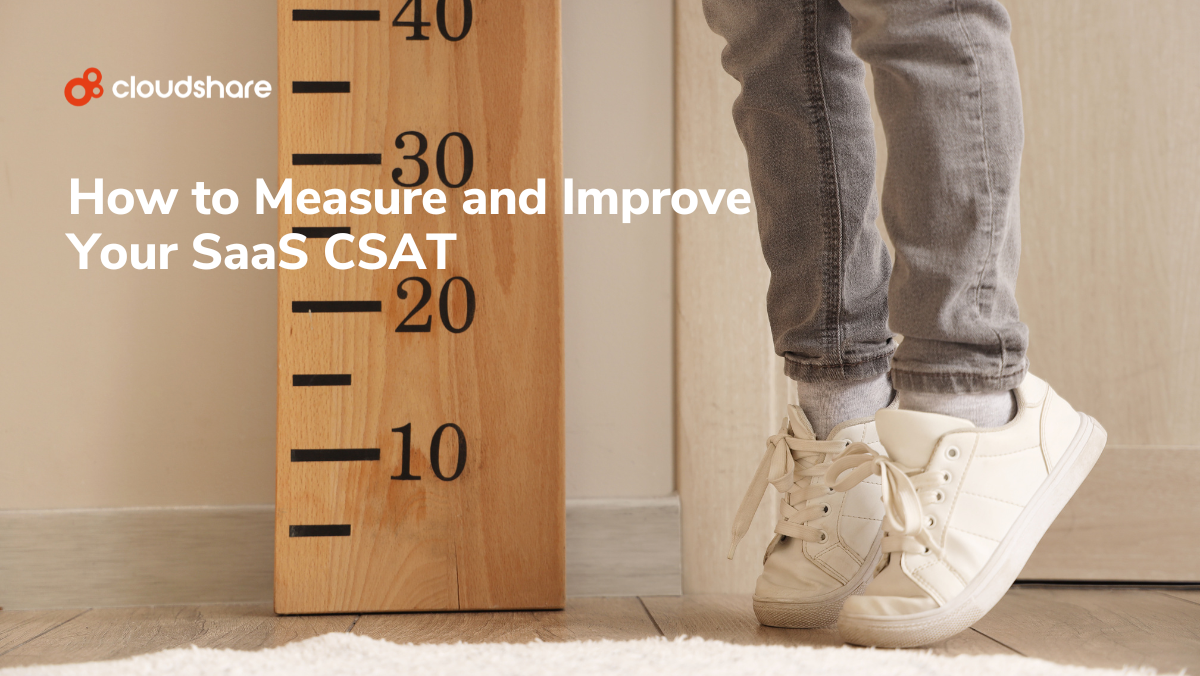
For software-as-a-service (SaaS) companies, traditional demos are ineffective. Modern prospects demand something more compelling. They’re looking for a sales demo that not only shows them what your software can do, but also lets them experience it for themselves.
The best way to deliver that experience is through a personalized sales demo environment. Basically, that means building a tailored virtual simulation that lets the prospect experiment with and explore how your software might interact with their real-world ecosystem. Let’s talk a bit about what that involves.
Key components of a sales demo environment
Sales demo environments generally take one of two forms. You can either have a collection of software solutions that integrate with one another to provide an environment, or a dedicated sales demo environment platform. Whichever option you choose, some key features and functions to look for include:
- Integration with other sales enablement and business tools, such as your customer relationship management (CRM) platform and your learning management system (LMS).
- The ability to quickly spin up custom virtual environments without requiring support from IT.
- Interactive elements such as surveys, quizzes, interactive infographics, and guided walkthroughs.
- Communication and collaboration tools such as chat and video messaging.
- Analytics and reporting.
Best practices for building your sales demo environment
Know your prospect
It’s basically the golden rule of sales, but it still bears mentioning: Know who you’re selling to. What does your prospect want, and why is your software the best option for them? Do they have anything specific they’re trying to achieve? Scheduling a discovery call early on will help you map out specifics. Looking to up your discovery call game? Download our discovery call must-ask questions cheat sheet.
Other details you’ll want to keep in mind include:
- Company size
- Industry
- Budget
- Key decision-makers
- Existing software environment
- Challenges and pain points
- Objections
The more you know about your prospect, the better-equipped you’ll be to create a demo environment molded to their specific needs. And the better you can personalize that environment, the more likely it is to impress the prospect and result in a sale.
Don’t overdo it
We’ve all heard of KISS — Keep It Simple, Stupid. That acronym applies to demo environments just as well as anything else. You don’t want to overload your prospect with too much information.
Instead, focus on a few key features and challenges. Ask yourself: What aspects of my software are most impactful to this prospect, and how can I best convey them?
With that in mind, we’d recommend you try to avoid making things too complex. While it’s fine to use technical jargon and high-level language if you’re positive your prospect will understand, it’s usually best to make your demos as intuitive and accessible as possible.
Define the goal of your demo
Obviously, you already know your overarching objective. You’re here to turn a prospect into a customer. But how exactly are you going to do that?
Think about what you want your demo environment to convey to your prospect. Think about the kind of experience you’ll be providing.
Are you looking to impress them with how unique your software is? Do you want to focus specifically on how you can help them overcome their pain points or achieve core business objectives? Or are you looking to address any objections or doubts they might have about your software?
Add some structure
In some cases, it might be perfectly fine to just turn a prospect loose in a virtual sandbox and let them go nuts. Most of the time, however, you’re going to want to call their attention to a few key features — whichever elements of your software are most likely to lead to product adoption. You could do this by giving prospects a set of challenges or tasks to accomplish within your software, or offering them a sort of guided walkthrough.
Alternatively, you could just make sure you’re present when they’re going through the demo in case they have any questions.
Reframe the experience
What do you think of when you hear the word demo? If you’re anything like most people, it probably brings to mind something incomplete; a partial installation of a product or service. Since that’s not exactly how you want prospects to feel when they’re engaging with your demo, you might want to think about calling it something different, such as a test environment or a product simulation.
What really matters is that your prospects understand they’re not just getting part of your product, but the full experience.
Analyze
Don’t assume your job’s done just because a demo’s over. Most sales demo environments for sales teams come packaged with comprehensive reporting and analytics functionality. You’ll want to take full advantage of that feature.
Look at how your prospect engaged with the demo, including how long it took them to complete and the different ways they interacted with your software. Try to figure out what worked about your demo and what didn’t, then use those insights to refine future demo environments you create.
Learn how to create winning sales demos
Now you know a bit more about how to build an effective sales demo environment — but that’s only the first step. Next, why not explore a few best practices for running the sales demos themselves? Check out 7 Sales Demo Best Practices to Close Prospects.




